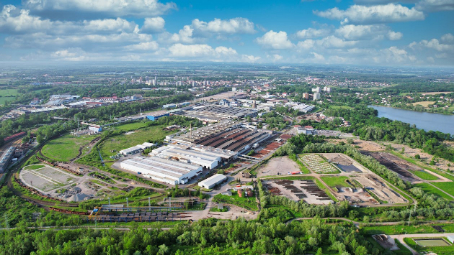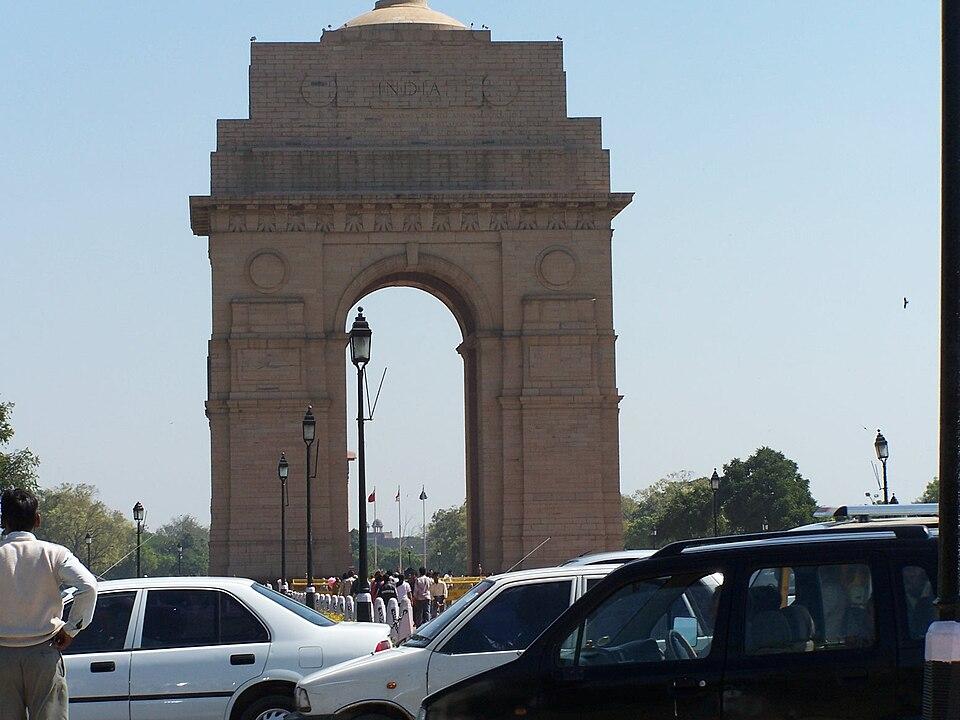
Timelines 10
Man and his Senses 10
Man and his Inventions 10
Geography 10
Fauna 10
Timelines 10
Man and his Senses 10
Man and his Inventions 10
Geography 10
Fauna 10

When one opens a contemporary bilateral brief between 2 countries, or an embassy web page, the facts read like simple lists: treaties, trade figures, state visits etc. These notes, however, are part of a larger story of industrial towns, political trends and cultural exchanges between countries. Consider one such item: the Agreement on Economic Cooperation signed in 2010 between India and the Czech Republic, a short legal text with five articles and attachments that, when compared with later press notes, reads like a guide for how both countries planned to move from Cold War-era ties to 21st-century commerce. That treaty is not just a pact; it is a clear sign of intent, a written decision to broaden cooperation across industry, education and technology.
The years after 1947 were shaped by the larger Cold War map. India's early post-independence politics included strong leftist and communist movements — a domestic scene in which trade unions, state planning and non-aligned foreign policy made relationships with Eastern Bloc states politically and practically attractive. Czechoslovakia, as a socialist republic, became a partner in areas India needed: heavy industry, metallurgy, defence supplies and engineering. The Czech tradition of heavy engineering and metallurgy fitted well with India's imports needs; conversely, India's industrialization drive had willing technical partners in Prague and Bratislava. These domestic political alignments helped build contacts with socialist Czechoslovakia during the early decades after India's independence.
Those industrial ties left visible traces. Czech firms and technologies, from metallurgy, automobiles to machine tools, entered Indian factories and workshops. Over time transnational companies with Czech roots became household names in Indian industrial towns. The commercial and consular notes in embassy files show the steady flow of technicians, blueprints and plant managers in the 1950s–1970s. These flows were not only economic but also had social implications: Indian engineers trained in Prague returned to Indian workshops, Czechoslovak managers lived for years in Indian factory townships, and bilateral technical assistance programs produced groups of specialists whose careers linked the two countries. The ongoing nature of this engagement helps explain why, after 1993, when Czechoslovakia split into the Czech and Slovak Republics, a clear path for collaboration already existed.
The diplomatic records reveal a lot: a short embassy dispatch about the opening of a commercial office, a press report on a Czech industrial delegation visiting Mumbai, the listing of technical cooperation projects and so on. In the later Cold War years the Joint Economic Commissions and bilateral trade delegations made this routine: machinery, steel and defence spares moved through government-to-government deals, and educational exchanges — scholarships for Indian students to study engineering in Prague — created human ties that outlasted political systems.
The fall of Cold War certainties and the Czech Republic's joining the European Union in 2004 changed many of those relationships. Prague's entry into the EU shifted trade and regulations. It also opened Czech firms to new markets and global capital. In this new phase Indo–Czech ties diversified: automotive components, pharmaceuticals, information technology and research partnerships joined the old list of machinery and metallurgy projects and partnerships. Documented trade and investment summaries note growth in bilateral trade from modest early-1990s volumes to multi-billion dollar figures by the 2020s, while embassy pages also note that about 1,500 Indian students are studying in Czech Republic's universities and fast-track visas are to attract professionals from other countries — indicating a steady people-to-people exchange that complements trade statistics.
A concrete milestone of the modern relationship is the 2010 Agreement on Economic Cooperation: a concise treaty that sets out plans for collaboration in trade promotion, scientific exchange and joint ventures. Its clauses set up a framework for meetings of joint commissions and sector-specific working groups, the process through which later initiatives on research collaboration, startup exchange and defence offsets would be negotiated. Reading the 2010 text alongside recent summit statements, one sees the same framework adapted to new priorities: semiconductors, electric mobility, artificial intelligence and space cooperation now sit beside the older items of metallurgy and machine tools.

The most recent phase in the relationship moves from commerce to strategy. In early 2024 Indian Prime Minister Narendra Modi and Czech Prime Minister Petr Fiala agreed to elevate ties towards a Strategic Partnership on Innovation, focusing on areas such as AI, electric mobility and semiconductors. This is not only a headline; it is a formal step that had been apparent for years in business delegations, joint research projects and defence dialogues. Press notes describe the agreement as a shared ambition to co-develop technology and supply chains — a natural evolution from earlier technical cooperation to contemporary strategic collaboration.
Private companies and industrial towns offer the most clear evidence of continuity over time. Bata, Škoda and other Czech industrial names have long left a presence in India, from factory townships to distribution networks, while Czech small and medium enterprises have established niches in engineering, precision instruments and optical technologies. Trade and investment summaries and embassy commercial pages show rising bilateral trade, sectoral diversification, and concrete projects (R&D collaboration, university exchange, and joint ventures) that confirm a partnership now oriented to innovation as much as to industry.
Finally, we should not downplay the cultural and political foundations that made this cooperation possible. India's mid-century leftist and communist movements created a domestic environment that regarded socialist states as partners in industrial development; Czechoslovak scholars showed interest in India's languages, literature and politics. Such shared interests, even though sometimes limited, were the social glue supporting later strategic ties: personal relationships among diplomats, university chairs in Indology, and long-standing technical assistance programs that reinvented themselves in the era of startups and semiconductors.
Stepping back, one image remains: a short bilateral summit statement of 2024 (the strategic partnership), a five-page 2010 economic cooperation agreement, and a string of technical cooperation lists and trade tables in embassy brochures. These documents, neat, bureaucratic, often overlooked, are the snapshots of modern diplomacy. They show how two societies, once connected by Cold War ties and industrial transfers, have adapted a resilient partnership for a world of chips, satellites and shared research labs. The future they imagine is pragmatic: deeper research links, defence-technology cooperation under "Make in India", and the movement of talent that keeps Prague and Indian university towns in conversation.
Main Image: The expanse of the town of Bohumin, Czech Republic
Sources:
https://tinyurl.com/2bo8k7rm
https://tinyurl.com/25tka5oq
https://tinyurl.com/24gvlzo5
https://tinyurl.com/2clpft3e
https://tinyurl.com/2cbnxtby
https://tinyurl.com/26kvqrmj
https://tinyurl.com/27cbdw75
https://tinyurl.com/2ob4wakt
https://tinyurl.com/25gz62kk